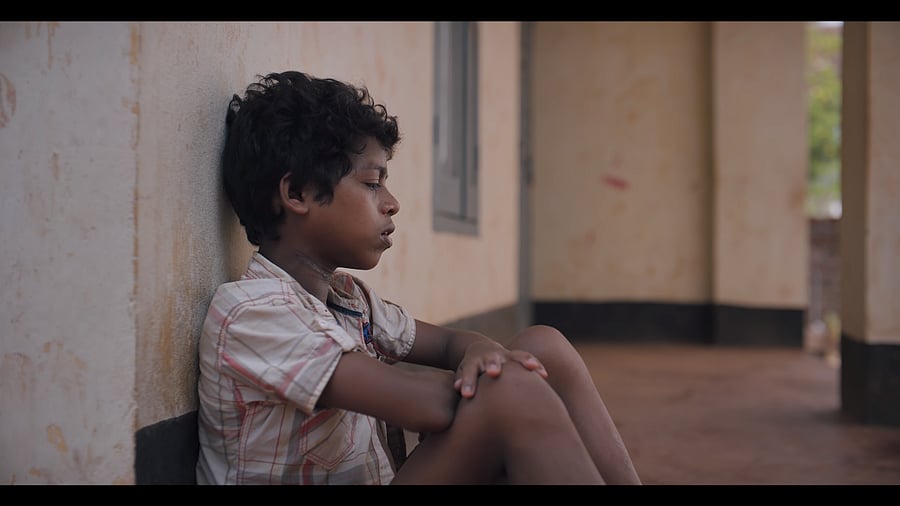
Credit: Special Arrangement
Raj B Shetty deservingly won fame and a special place in the hearts of the Kannada people with his delicately beautiful and sensitive 'Ondu Motteya Kathe'. His involvement in 'Sarkari Hiriya Prathamika Shaale' and 'Kantara' are also noteworthy. But they are less representative of his creative process than 'Garuda Gamana Vrishabha Vahana' and 'Toby'. These films see him taking on the role of lead actor, in addition to that of writer and director. Though the latter is said to be directed by Basil, the style, approach, and vision of the film leads one to believe it is directed by Raj.
Both in 'GGVV' and 'Toby', the protagonists — played by Raj — have mysterious origins. They are rescued but it doesn't save them from violence. Their adulthood has similar journeys — blind loyalty to the rescuer which results in a dysfunctional attachment that turns sour and then ends in an irreversible tragedy.
These recurring themes of abandonment, being rescued, loyalty, protection, bonding and exploitation are all woven with violence into the plot. It should be noted the emotional aspects in the narrative — such as abandonment, separation, protection, loyalty — find expression through violence.
The way Raj picturises action sequences is interesting. In 'GGVV' he weaves action sequences with devotional songs, and in 'Toby' he intercuts a fight scene with images of Toby building a house and getting married. Melancholic music plays in the climax and we hear the voiceover of young Jenny. It is somewhat similar to 'GGVV'’s climax action sequence which is woven with music that is not just melancholic but also youthful.
The intercutting in 'Toby' can be viewed as Raj’s explanation of what prompted the violence. On the other hand, the weaving of violence with devotional songs in 'GGVV' portrays the idea of justice as beyond the human realm. The fight sequences at the end of both films bring some unresolved matters to the surface. In both films, these sequences beg and plead for the wounds and anger underneath to be understood. In all instances there is an attempt to ‘decriminalise’ the violence and draw viewers' attention to something that is beyond the violence.
Strangely though the films fall short of being an exploration of violence in a deep way. To understand this let us just examine the ways in which Raj capsules moments of violence and moments of vulnerability.
While the violence in both the films are extremely stylised, using cinematic tools impactfully, the moments of vulnerability in them are shot in a way that is devoid of any style. The frames not just turn still in moments of emotional vulnerability but also turn slightly distant from the characters. It is almost like the cinematic abilities of Raj, well demonstrated during action sequences, are paralysed when it comes to emotional scenes.
While Raj is trying to show that the vulnerable moments are the reason for the violence, it's difficult to reconcile the vulnerable Raj with the all-guns-blazing Raj. This makes the film appear more like a glorification of violence.
Shiva ('GGVV') and Toby seek a sense of belonging, a touch of care. But their inability to cultivate a healthy life and relationships leads them to use violence as a balm for their vulnerabilities and wounds. It seems like the filmmaker also finds it easy to use violence as a method to draw attention towards the emotional trauma but is unable to capture and engage with it directly.
Are these techniques a reflection of the character or an unconscious struggle of the maker, is what remains ambiguous.
In the epilogue of 'GGVV' the young Shiva and Hari bury their respective adult selves. In the final scene of 'Toby', Toby's granddaughter weeps for her dead grandfather as Father Iglesias carries her away. These scenes hint at a desire to safeguard their childhood. But unfortunately, in both films these concerns get eclipsed by the spectacle created by violence. The message is lost because of the proportion of the ingredients used and the treatment of themes. This imbalance is caused not so much at the level of writing as at the level of direction.